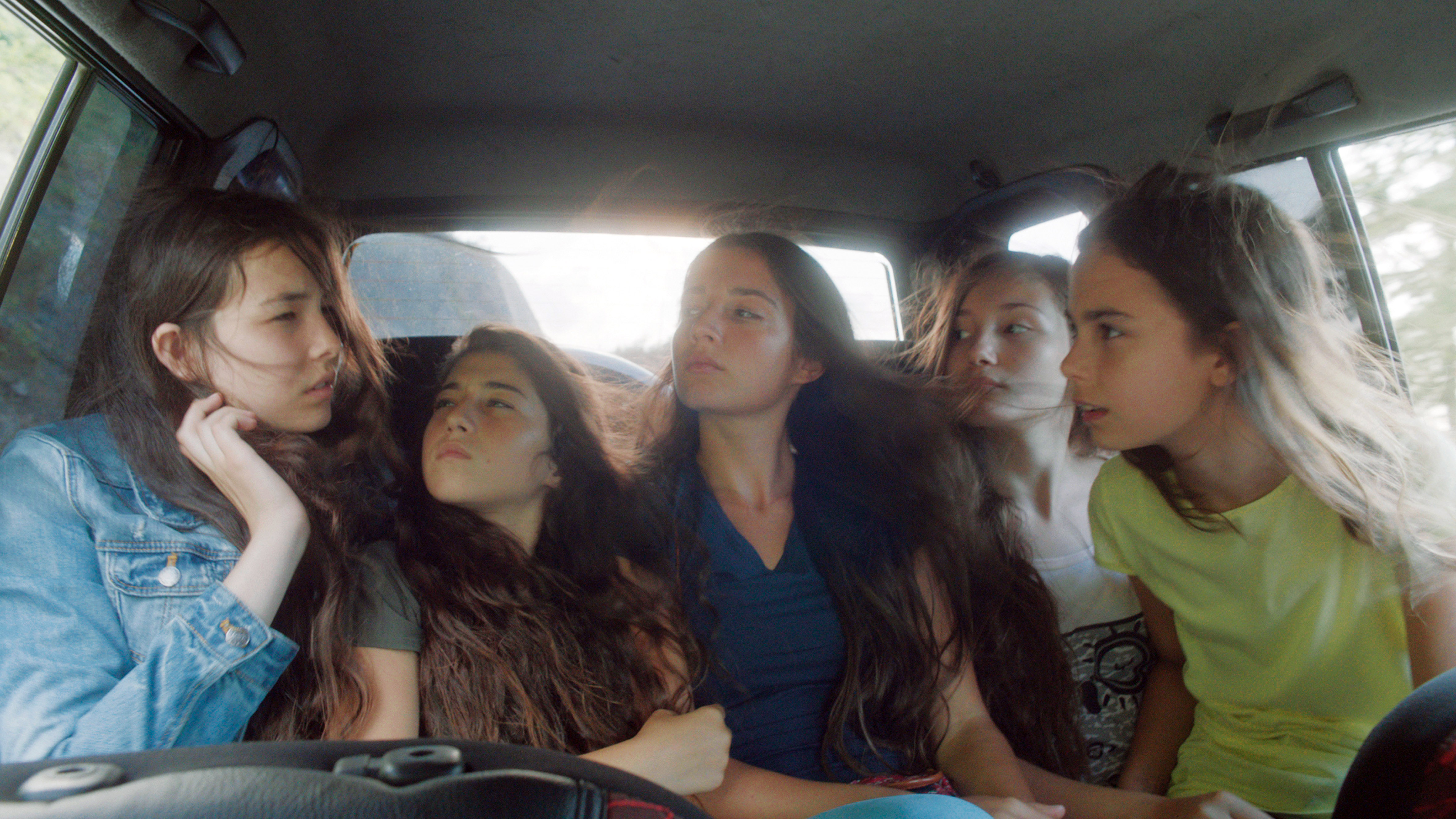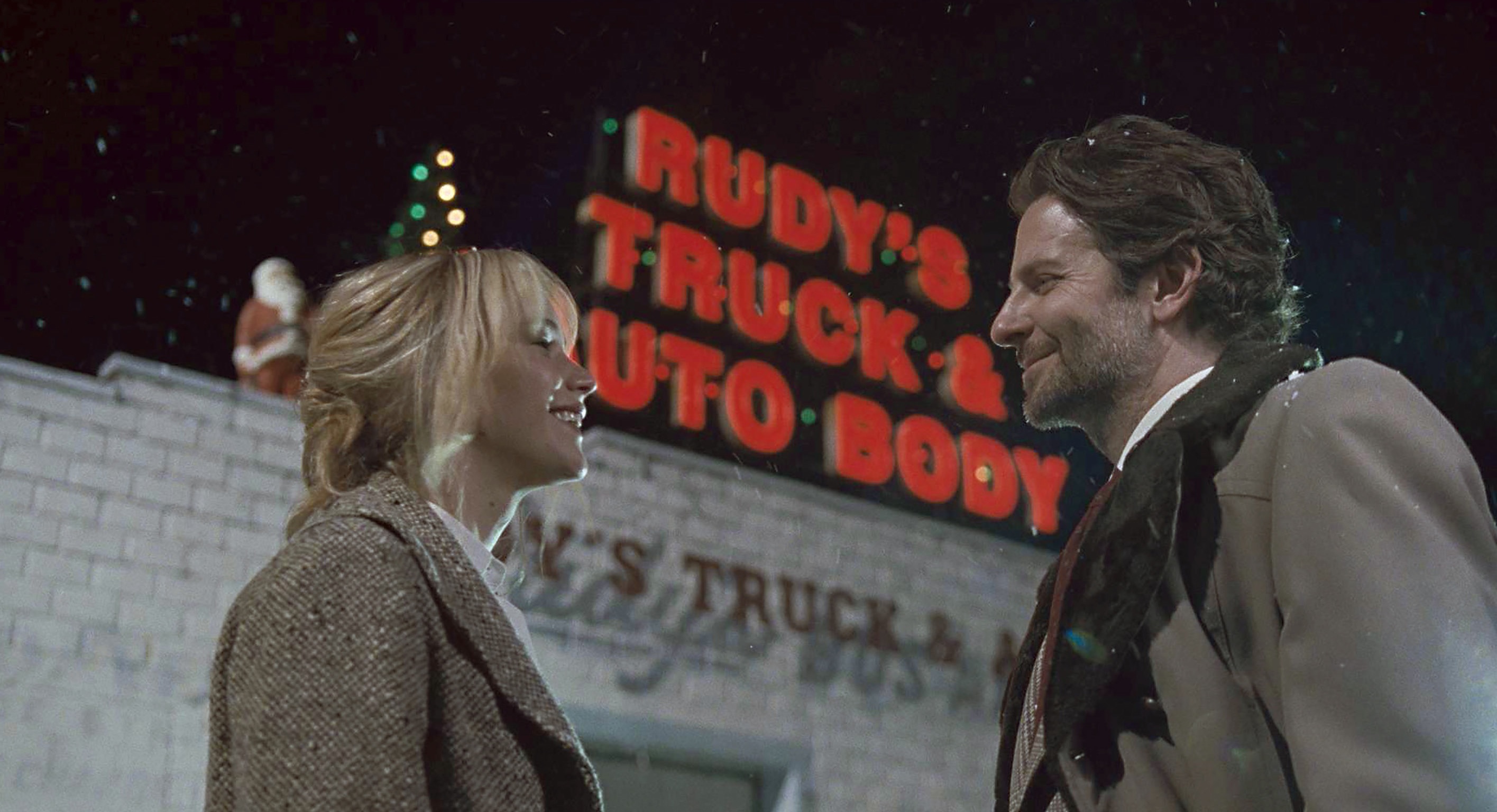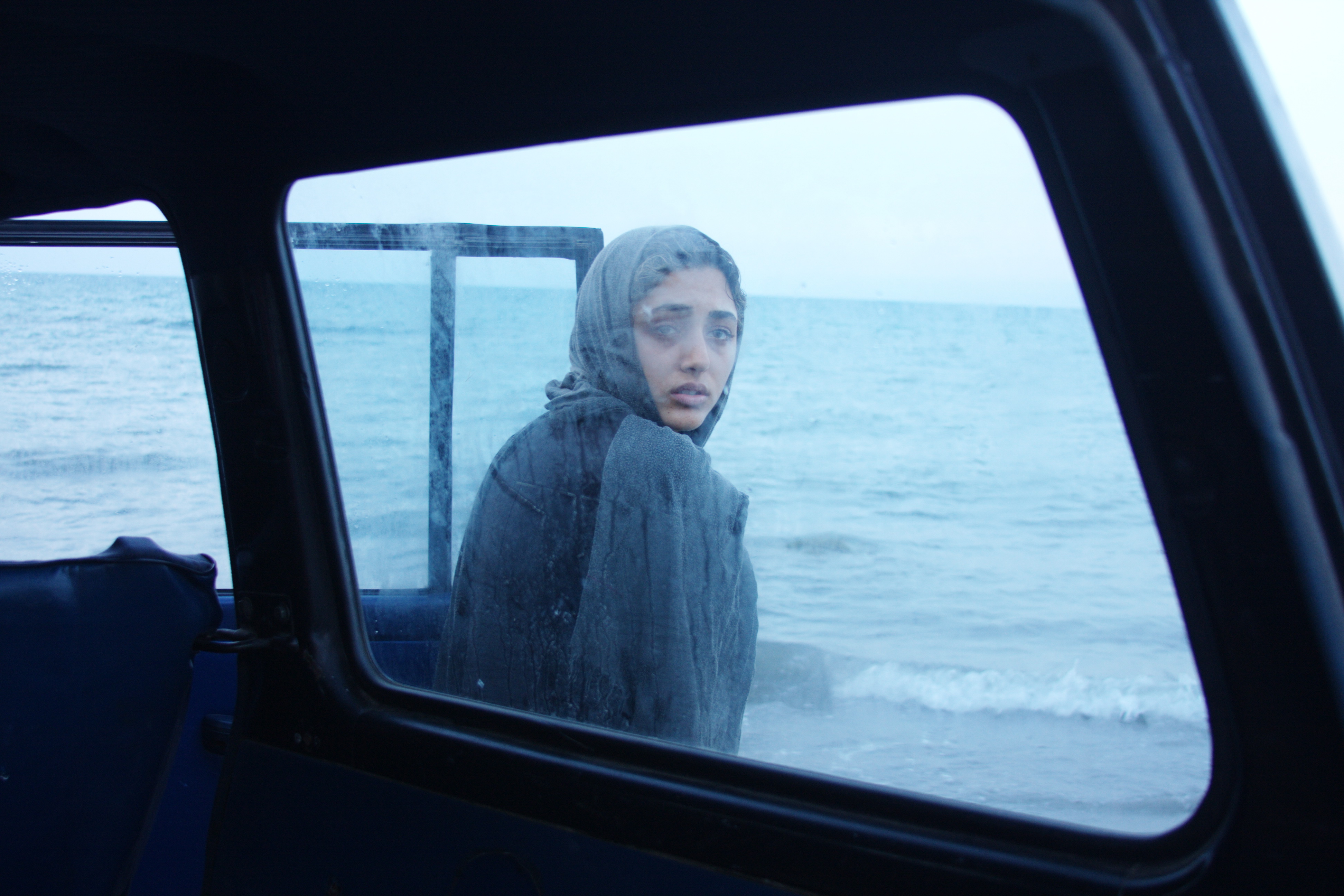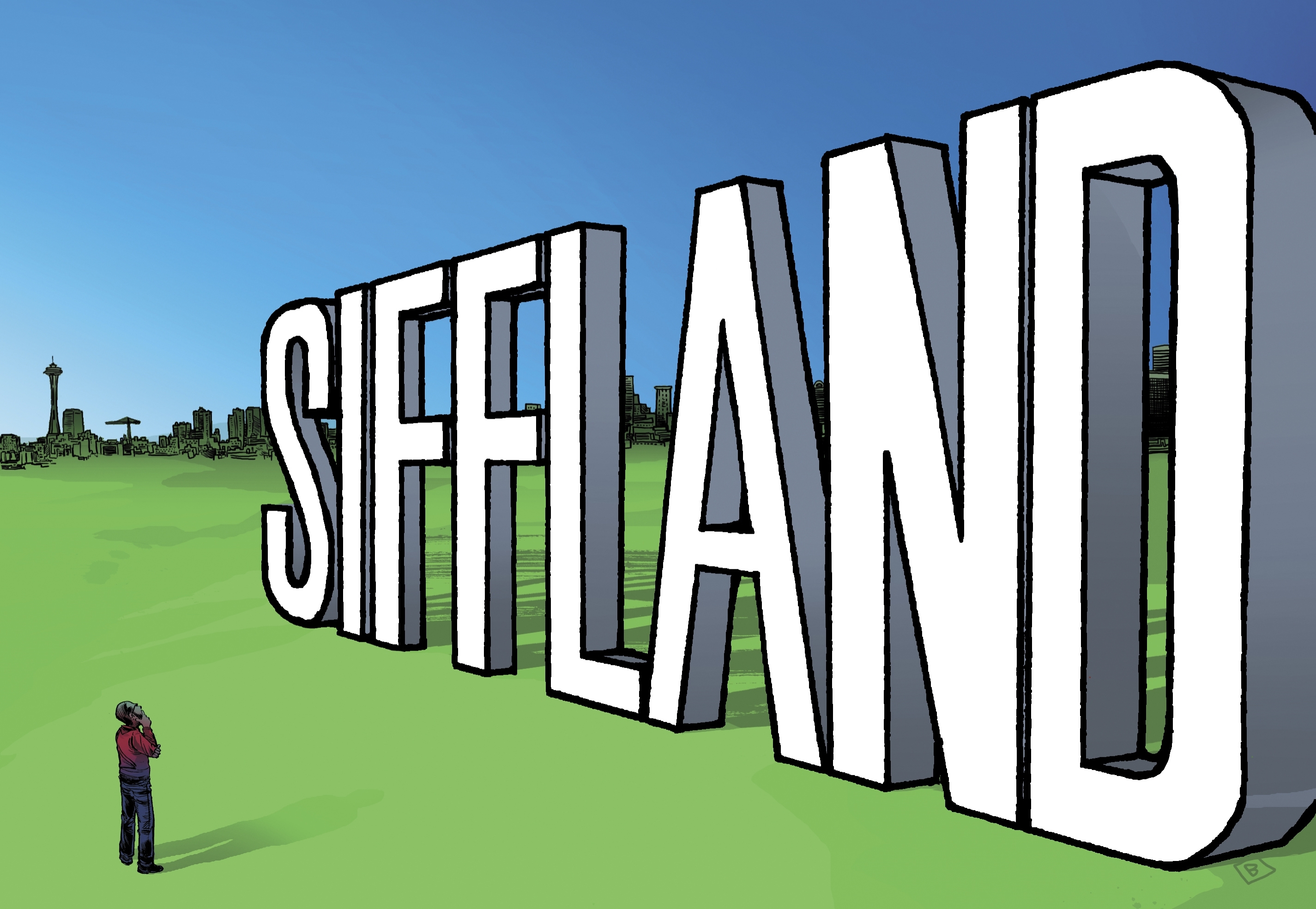IT’S NOT IMAX. It’s not 70mm Dolby THX with Surround Sound. It’s not even your home video camera. But Super-8 filmmaking is experiencing something of a local revival precisely because of its cheap, simple, almost primitive qualities. Super-8 was originally a ’60s home movie technology (using easy-to-load cartridges instead of 8mm reels). “It’s the cheapest way to do film,” says local filmmaker Doug Lane. “It’s the ultimate in low-tech.” With old cameras available for as little as $50, a neophyte filmmaker can start with a few hundred dollars’ investment. Moreover, Lane says, Super-8 is a more expressive medium than video (which killed it in the ’80s). “You’re limited in what you can do,” he explains, “but it just makes you be more creative.”
EMERALD REELS SUPER-8 LOUNGE
January 8, 9:30pm, Sit & Spin
Ben Ireland, another local artist, sees a link between Super-8’s limitations and film history’s silent era. Citing German Expressionist directors like Fritz Lang and F.W. Murnau as influences, he says that without sound or dialogue, “actors have to be expressive” as do “the atmosphere and the ambiance.”
“Super-8 almost forces you to stay out of the narrative form,” Ireland explains. It also makes a director adapt to aesthetic accidents like light flares or processing errors. “There’s a form of nostalgia that’s created simply by the effect of using real film,” he adds. “It’s filmic looking. It’s old looking.”
Indeed, most Super-8 movies use reversal stock—bypassing the intermediate negative stage—meaning that what you shoot is what you project, scratches and all. The 50 feet of film in each cartridge permits a little over three minutes of shooting; the footage then must be spliced together manually, giving Super-8 its handmade, tactile quality. Most of the final products tend to be short, favoring vignettes over stories, while others are purely experimental and avant-garde.
WHEN PROJECTED at the ongoing Emerald Reels Super-8 Lounge series, these silent films are usually accompanied by a DJ. The January 8 event is expected to be the biggest yet, with up to 50 movies showing in batches. Members of Sky Cries Mary will also perform in the band Hana, along with DJ 00/# and DJ eeg, according to ERS8 founder Reed O’Beirne.
O’Beirne, a 32-year-old Natchez, Mississippi, native, began making Super-8 films in 1993, shortly after settling in Seattle. He launched ERS8 in 1998 to give local filmmakers a community showcase for their work. “It was pretty nonintimidating for people to just bring their films together,” he recalls.
What he stumbled upon, and has since become instrumental in encouraging, is a veritable Super-8 renaissance. January 8 marks “International Super-8 Action Day” according to the ERS8 Web site (www.emeraldreels.com), with links to 19 other same-day shows across the globe. O’Beirne also cites a current exhibition at New York’s Museum of Modern Art, which places Super-8 in the tradition of 8mm postwar art film.
So is there a particular Super-8 aesthetic that predetermines the often grainy, blurry, scratchy results? “I think that the imperfections come before the idea,” says O’Beirne. “The medium lends itself to that.”
Certainly the format enjoys a certain retro-cool hipness as a no-budget DIY alternative to indie film. But O’Beirne feels it’s capable of much more. “I’m not really a big fan of the out-of-focus stuff myself,” he says. “It’s possible to make really pretty Super-8.”








